Suburbia
2020
Installation. Sound speaker, sculpture (concrete, metal, found object, styrofoam, textile), c-print, screen.
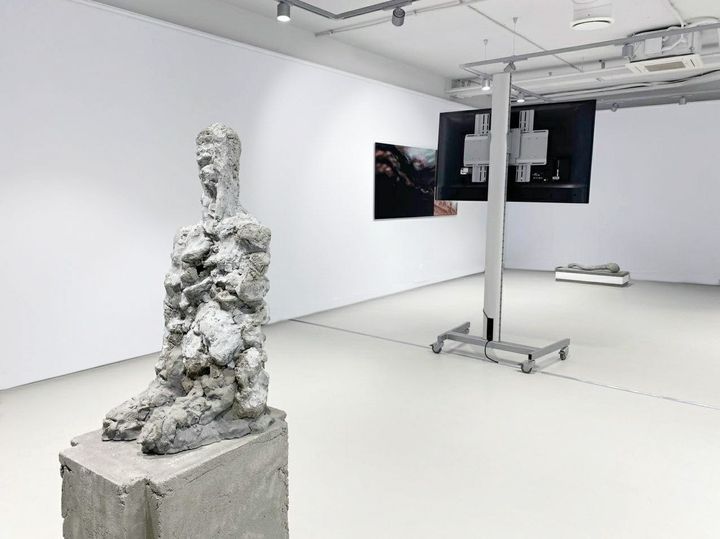
Exhibition view Suburbia.
2020.
Victoria Gallery, Samara

Exhibition view Suburbia.
2020.
Victoria Gallery, Samara
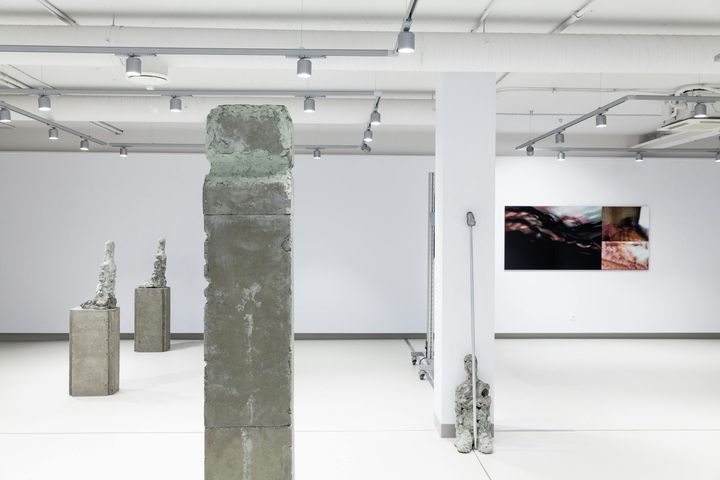
Exhibition view Suburbia.
2020.
Victoria Gallery, Samara
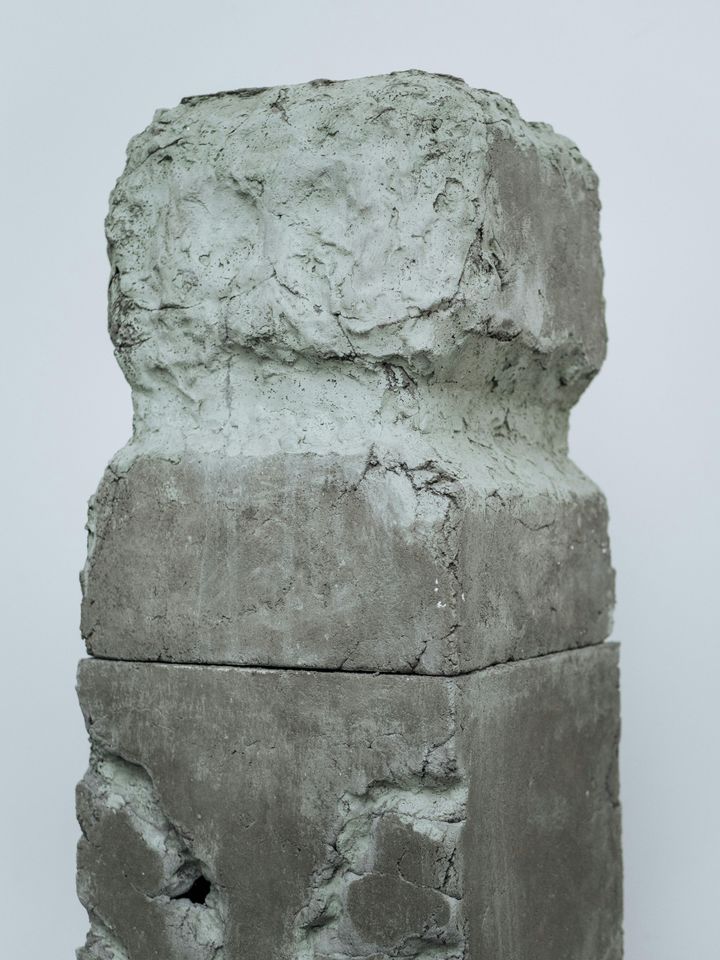
Object from the project Suburbia. Fragment.
2020.
Concrete. 210×30×30 cm (82,5×12×12 in)
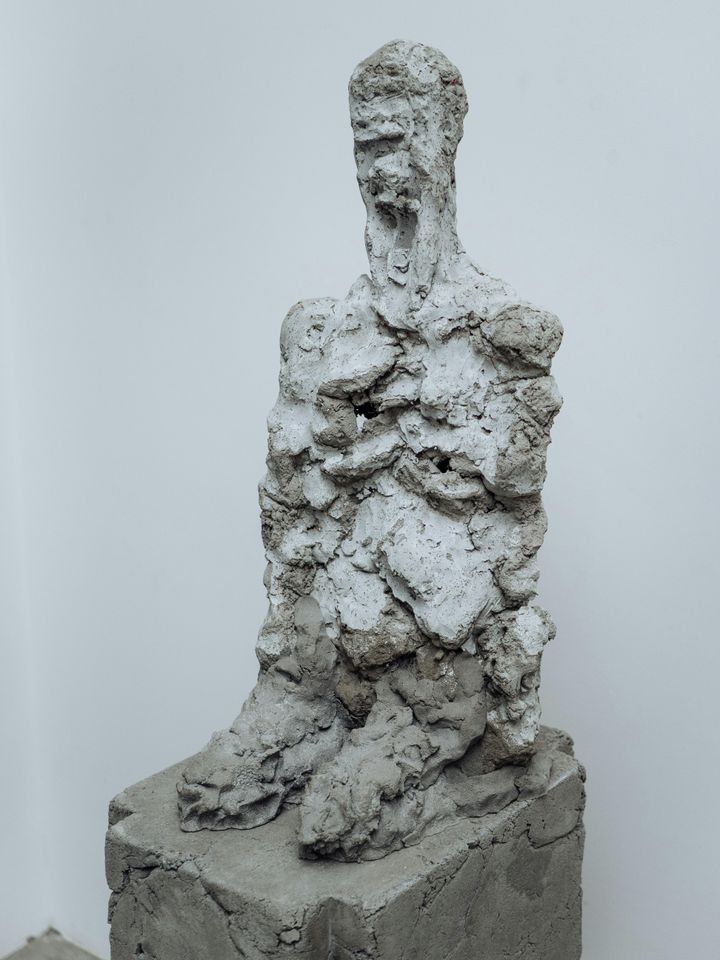
Object from the project Suburbia. Fragment.
2020.
Concrete. 145×30×40 cm (57×12×15,5 in)
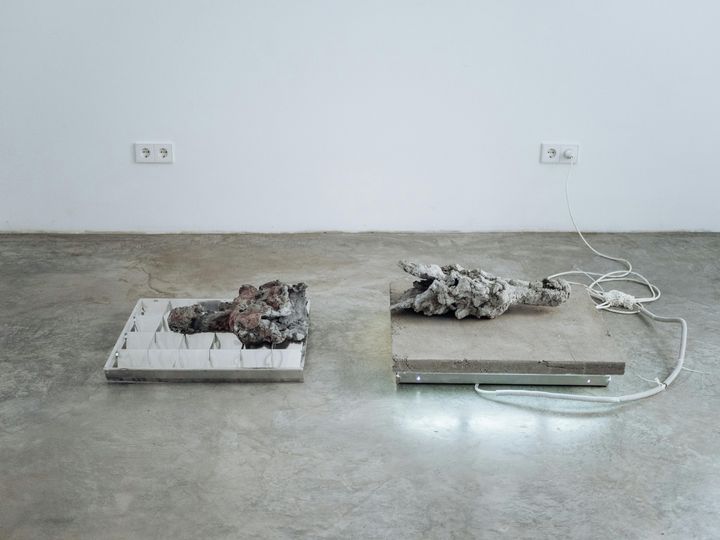
Object from the project Suburbia.
2020.
Concrete, metal, 3-D printing, found object.
160×70×20 cm (63×27,5×8 in)
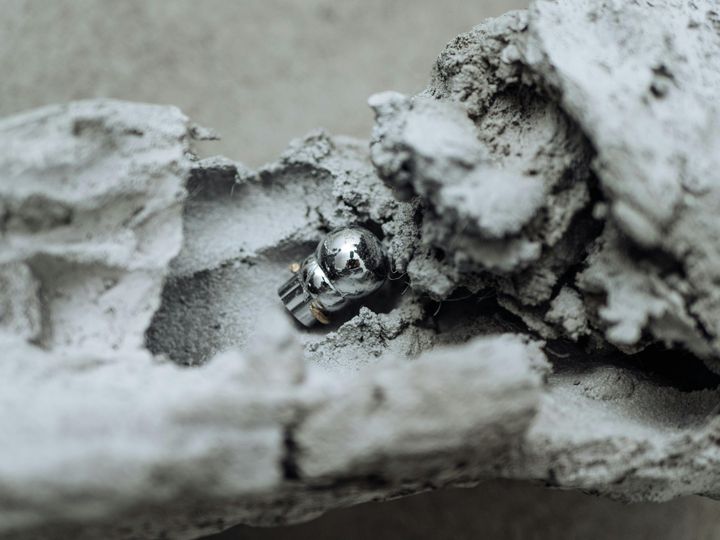
Object from the project Suburbia. Fragment.
2020.
Concrete, metal, 3-D printing, found object.
160×70×20 cm (63×27,5×8 in)
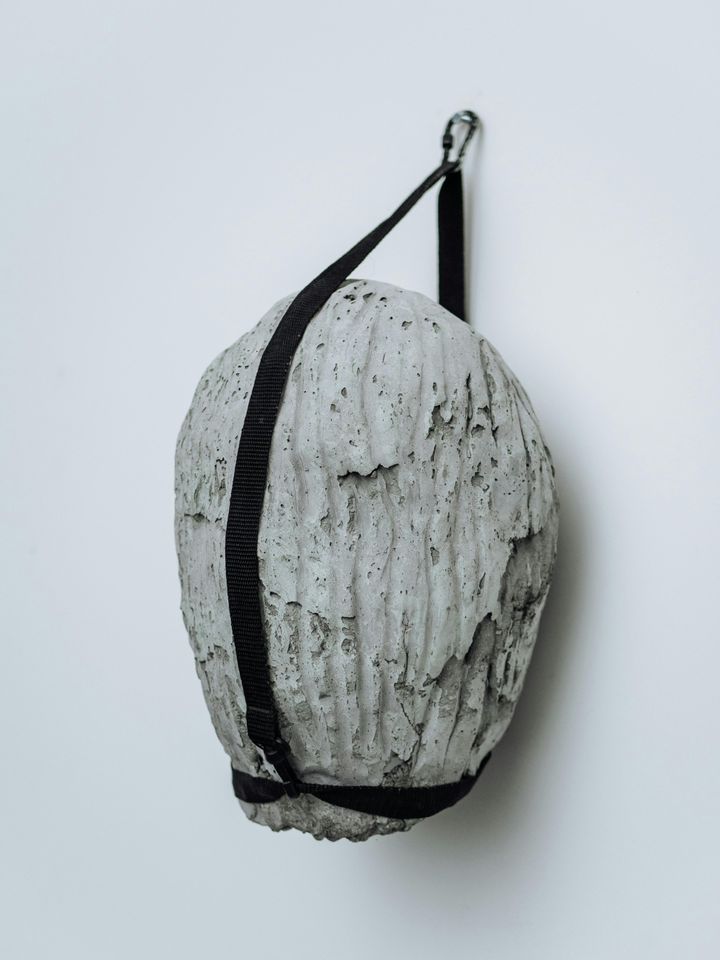
Object from the project Suburbia.
2020.
Concrete. 29×20×24 cm (11,4×7,9×9,4 in)
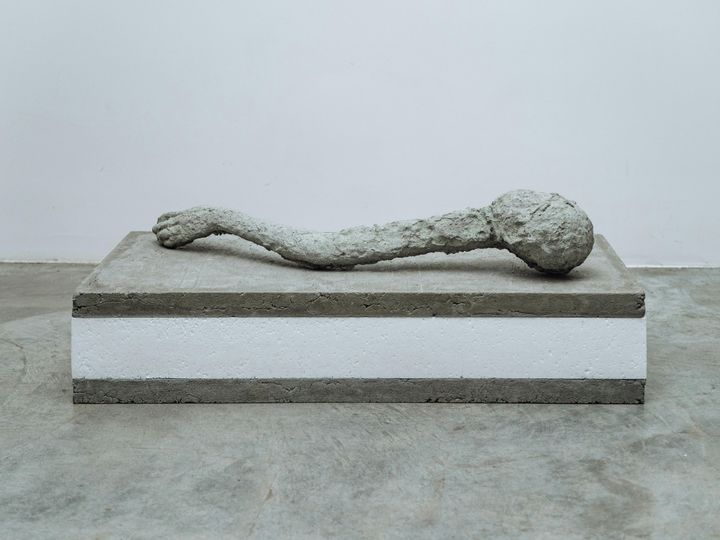
Object from the project Suburbia.
2020.
Concrete, styrofoam.
32×110×40 cm (12,5×43×15,5 in)
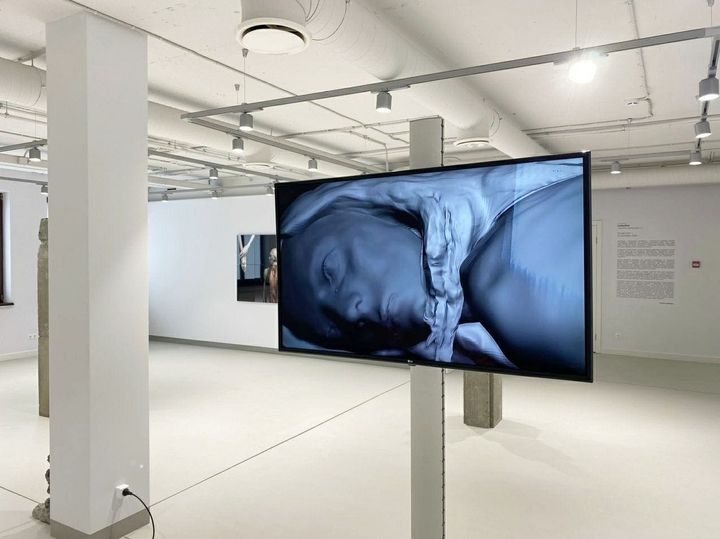
Exhibition view Suburbia.
2020.
Victoria Gallery, Samara
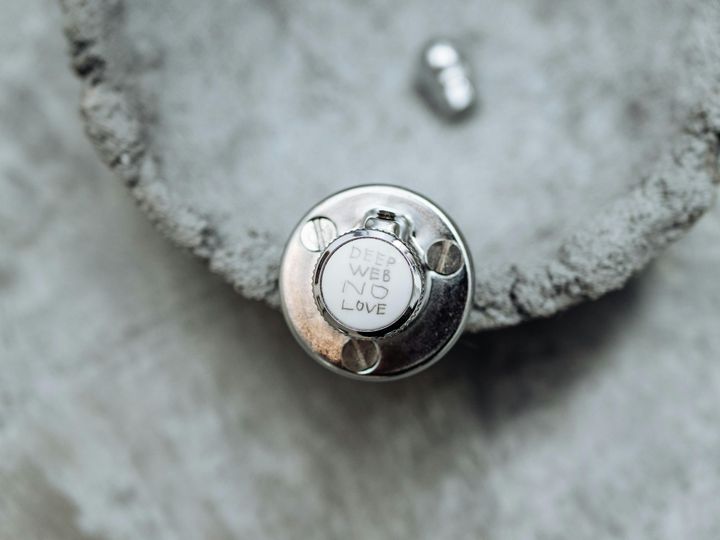
Object from the project Suburbia. Fragment.
2020.
Concrete, metal.
15×16×7 cm (5,9×6,3×2,8in)
Suburbia
America's suburbs were a product of dramatic post-War economic expansion and flight from decaying cities. The new Russian suburbs did not emerge because of a rapid rise in urban real estate prices. They appeared, from fatigue. Both the architectural forms and the designation of these territories as "suburbia" moved to the "Russian soil".
Nikita Seleznev explores these spaces, which are separated from the urban centers, as if they are frozen in a transitional state between city and the countryside. Seleznev’s point of departure is the well-known images of American suburban culture captured in the films of David Lynch, Sam Mendes and Quentin Tarantino. He also rethinks and transforms traditional memorials and monumental sculpture connecting with the modern) context.
One of the key points in the artist's approach becomes fragmentation, both in the structure of the project and in the objects themselves. It is almost impossible to see a "complete" figure, which is fundamental to the classical sculpture. His objects represent pieces of the body or things taken out of context, following modern perceptions of the world, mediated and chaotic.
Indeed, Russian "suburbia" appears not as attractive as it is depicted in advertising posters or in the brochures of development projects. Instead of “cute” facades of houses, gray concrete surfaces and archaic objects transport the viewer to the space outside of time and history. The artist's strategy resembles the dramaturgy of Hitchcock's films, showing what is hidden behind pretty house facades. While there is no cinematic drama here, Seleznev offers a radically different way of representing and talking about suburbia and challenge of transitioning from Socialist” high-rise developments to the “American dream”. By identifying these (imaginary) spaces, Nikita Seleznev's project makes us think about how the new replaces the old, and the expectations and inconsistencies it brings.
Tatiana Kirianova
Projects
- Unfinished project
- Shaving of the Christ
- Slowly Aging Children
- On the tip of the tongue
- In the Valley
- Suburbia
- Karate poetry
- My space 2.0
- My green crocodile
- Preparation of the transformer-bride
- Tell me, O Muse...
- Dasia's fairy tales
- Notes from the Morder
- Phonatory bands
- Pets
- My space
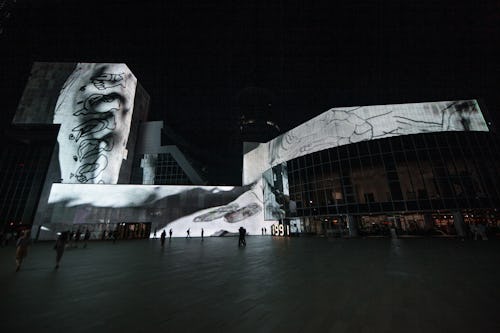
Q. What are the relationships and parallels between Russia at the beginning of the 20th century and now?
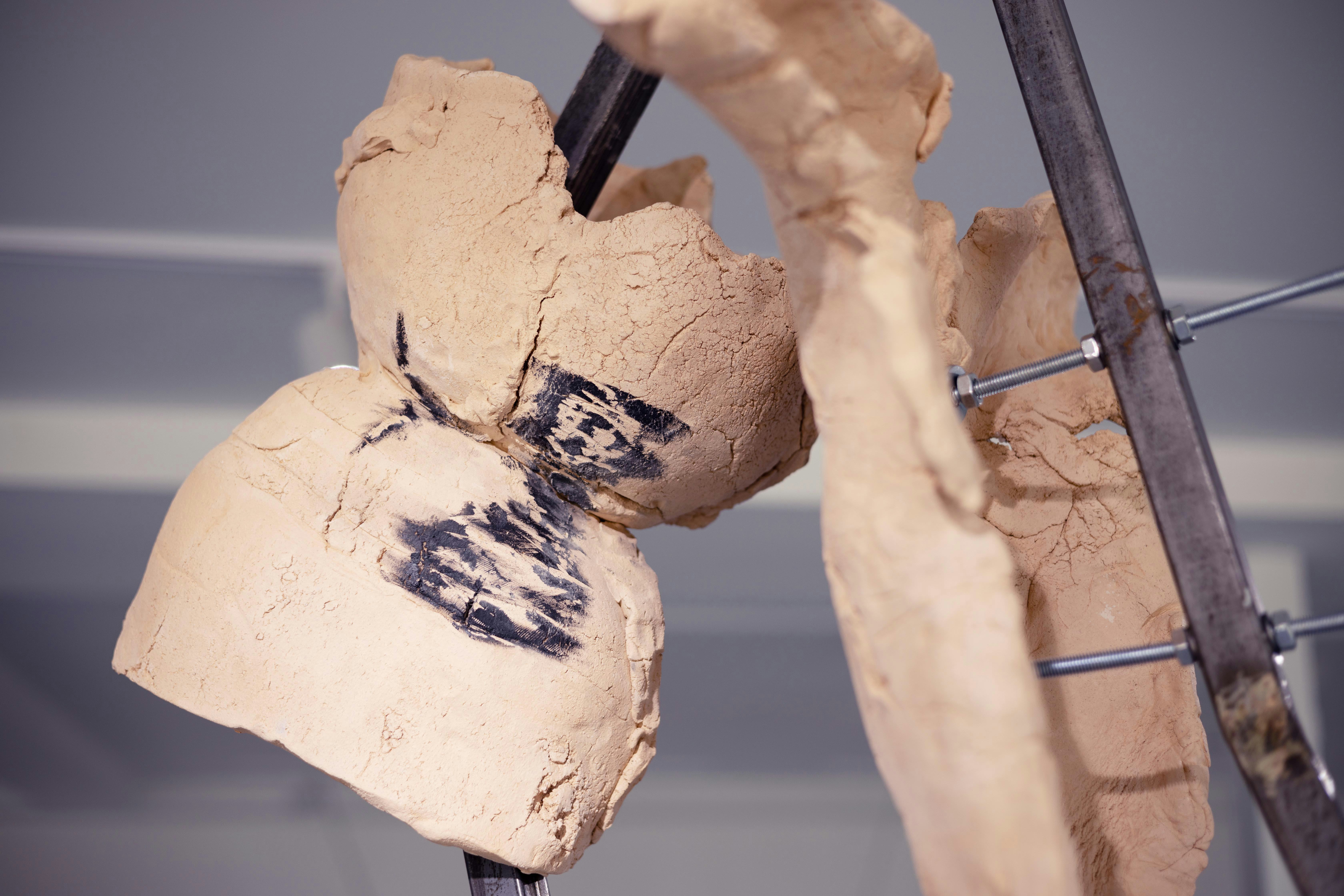

Q. How fantasy can be used to create alternative realities to escape propaganda and control.
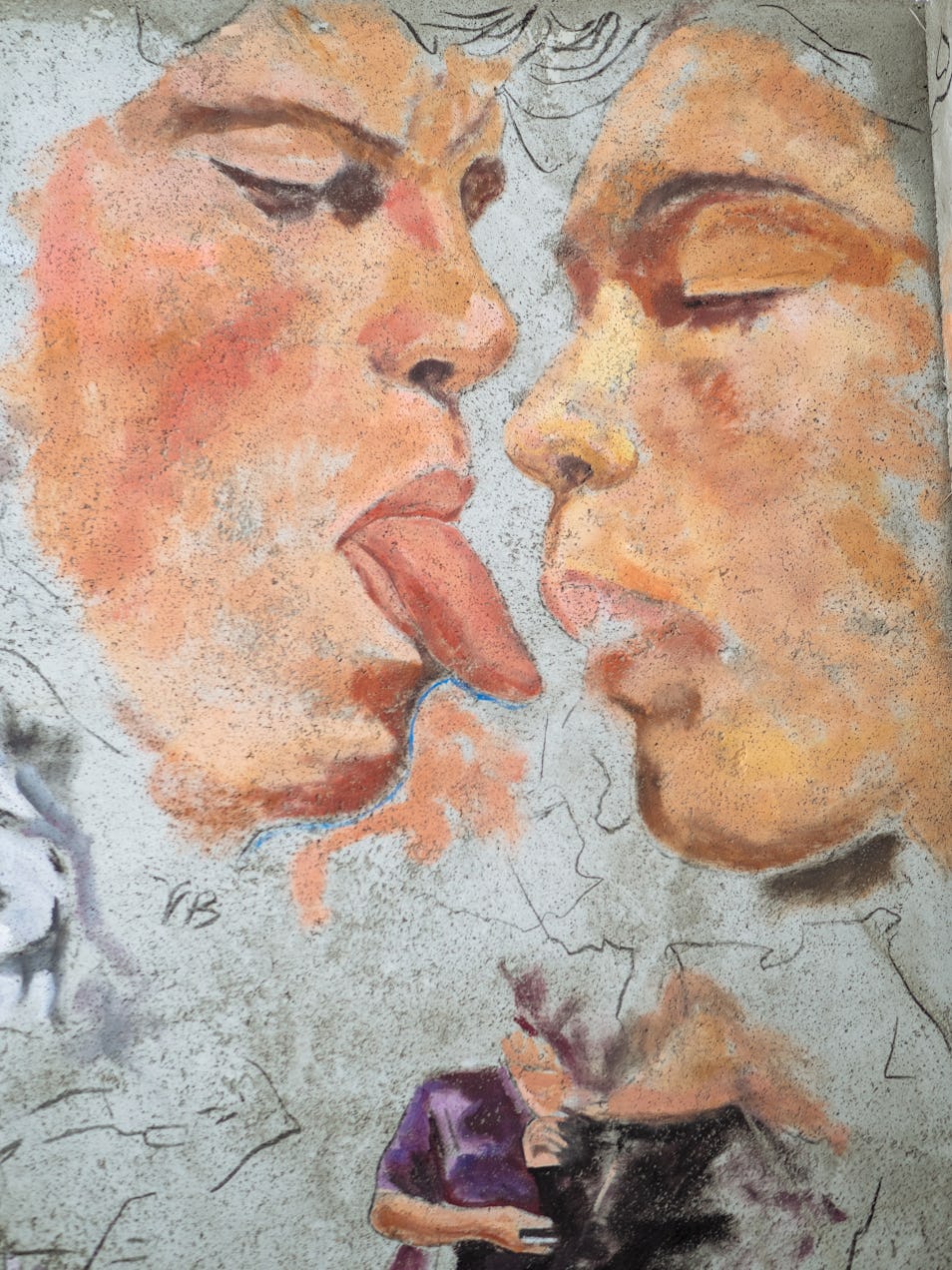
Q. What is love?
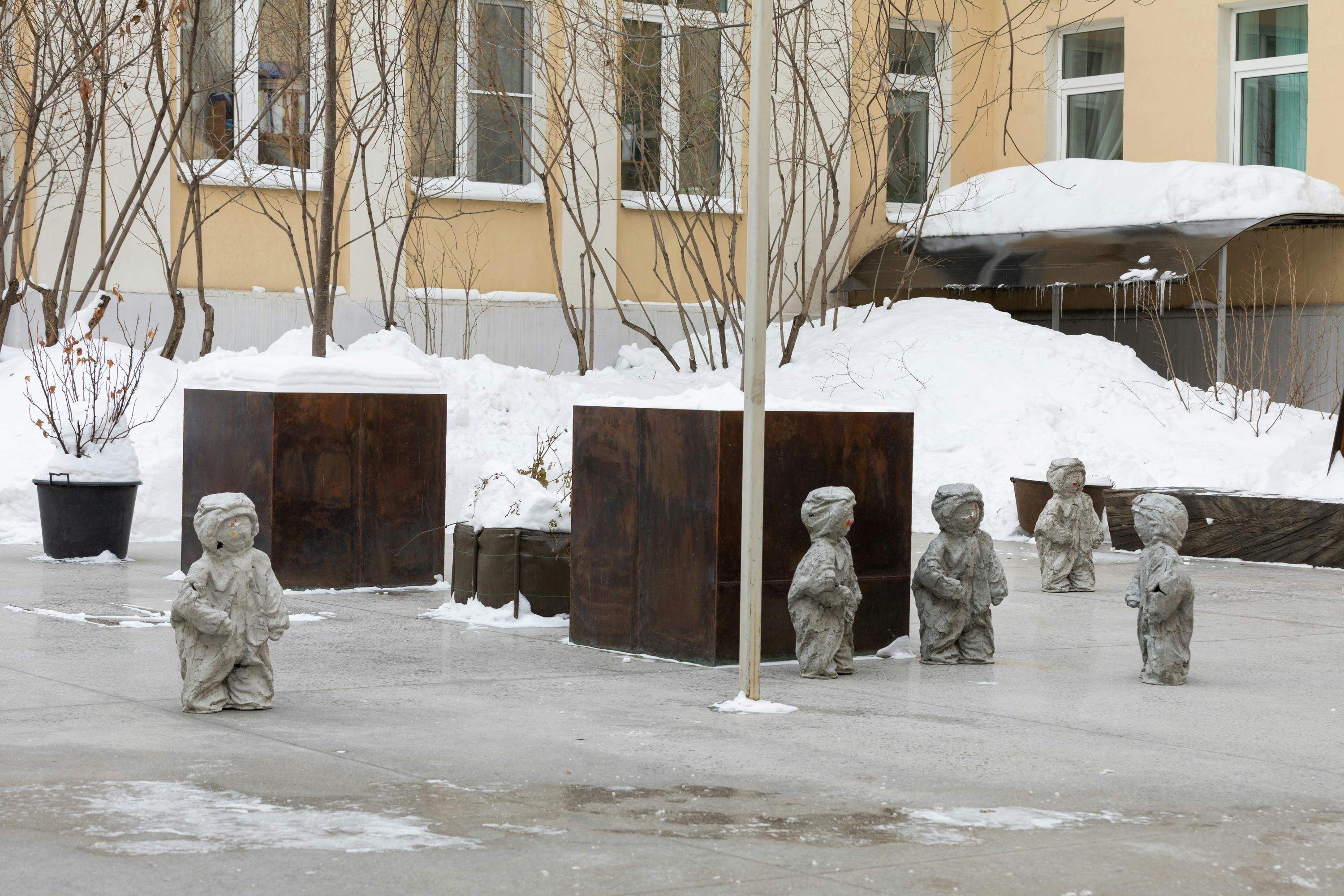
Q. How have our relationships with others been transformed in a technologized world?
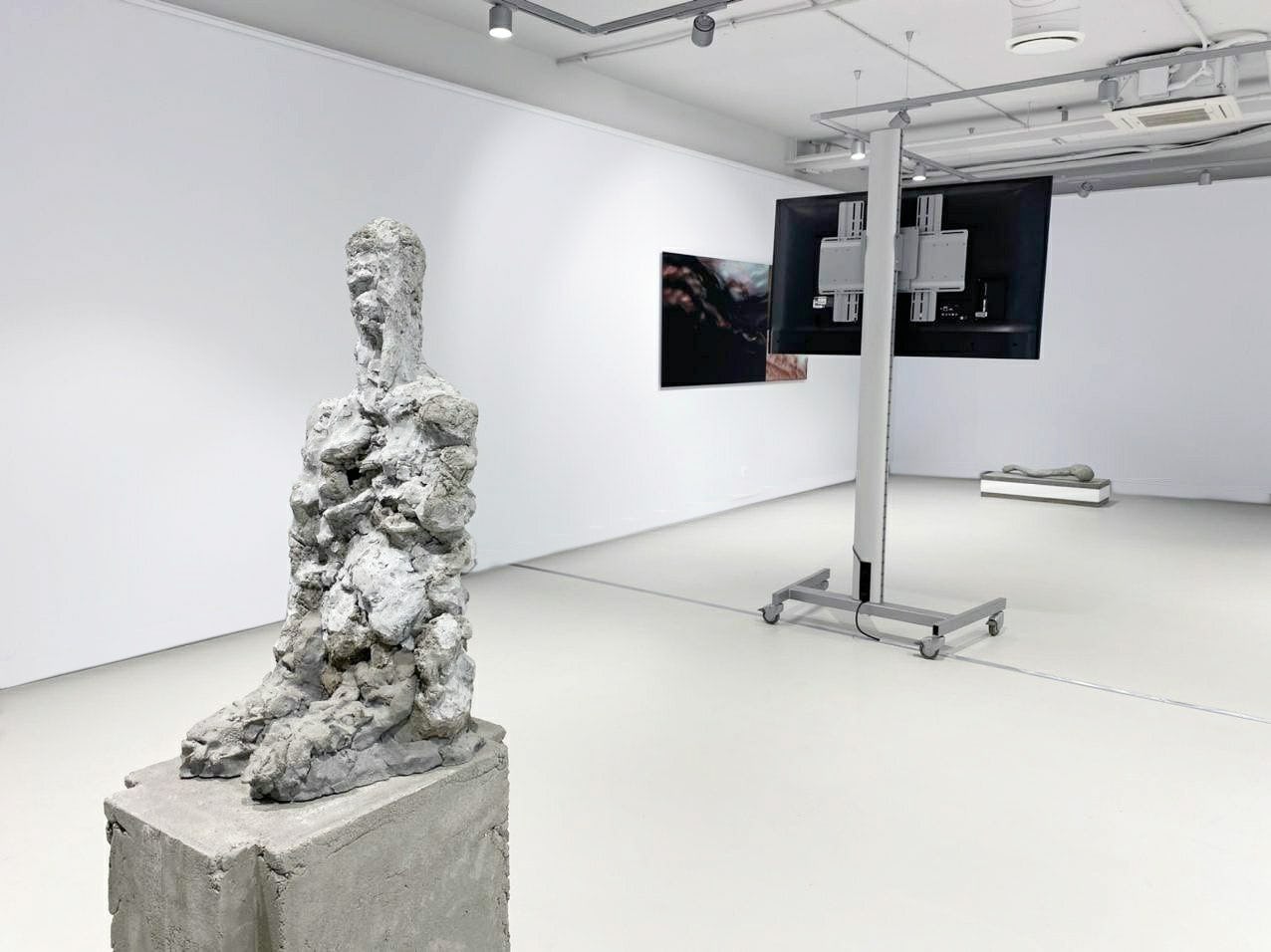
Q. How does one capture and experience existential soullessness of Russia high-rise suburbs?

Q. What is the character of the social network languages, particularly with the migration of images from scrins to reality and back?
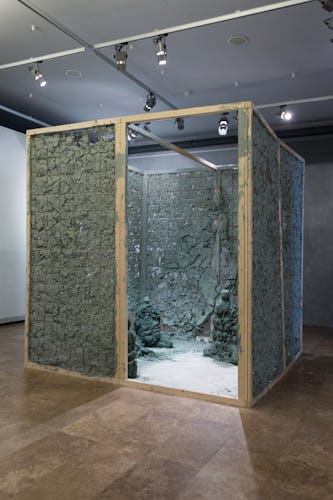
Q. How can the anxiety of the modern world be expressed?
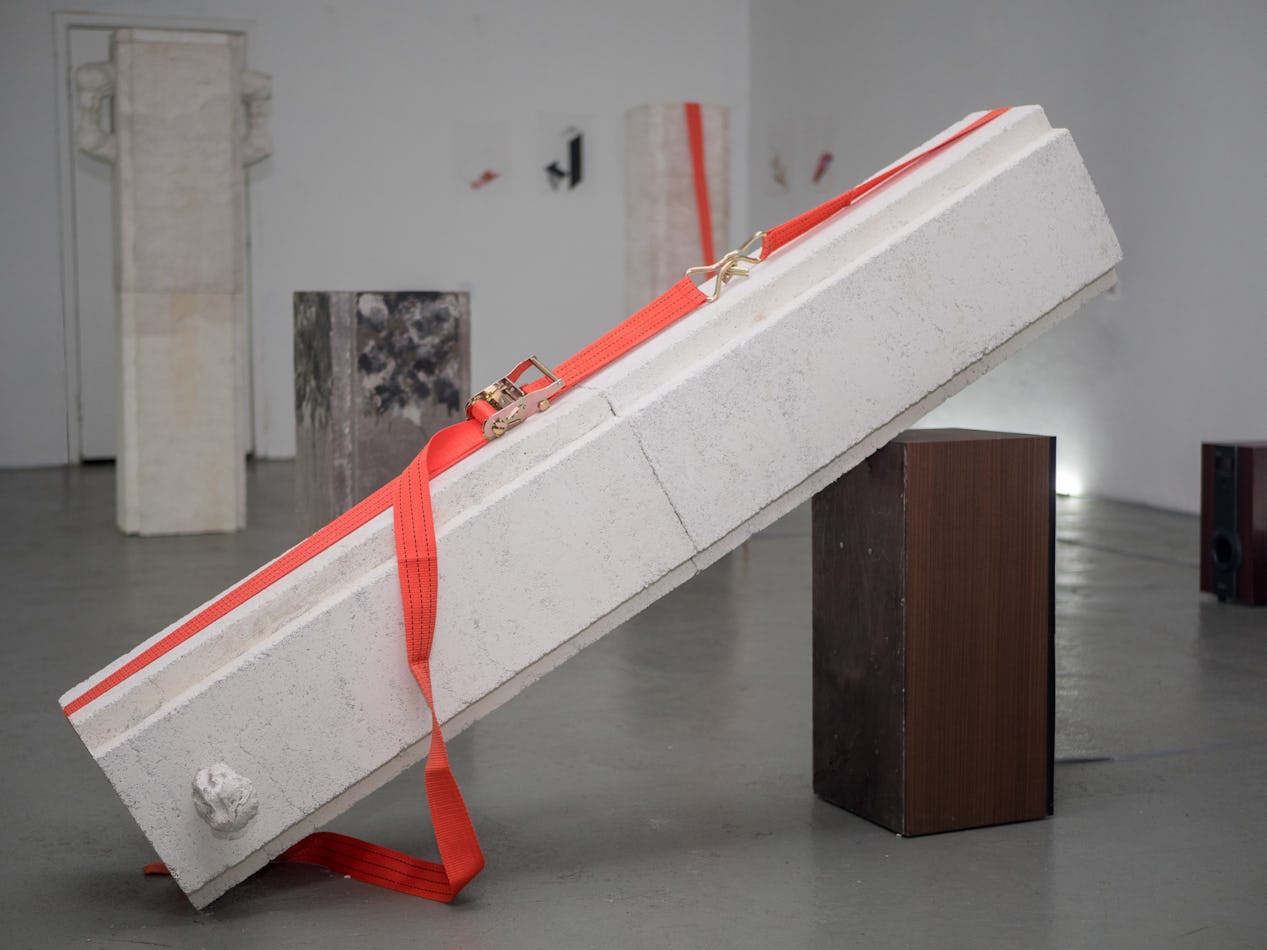
Q. How does one capture the estrangement of the inhabitants of Russia’s marginal districts?
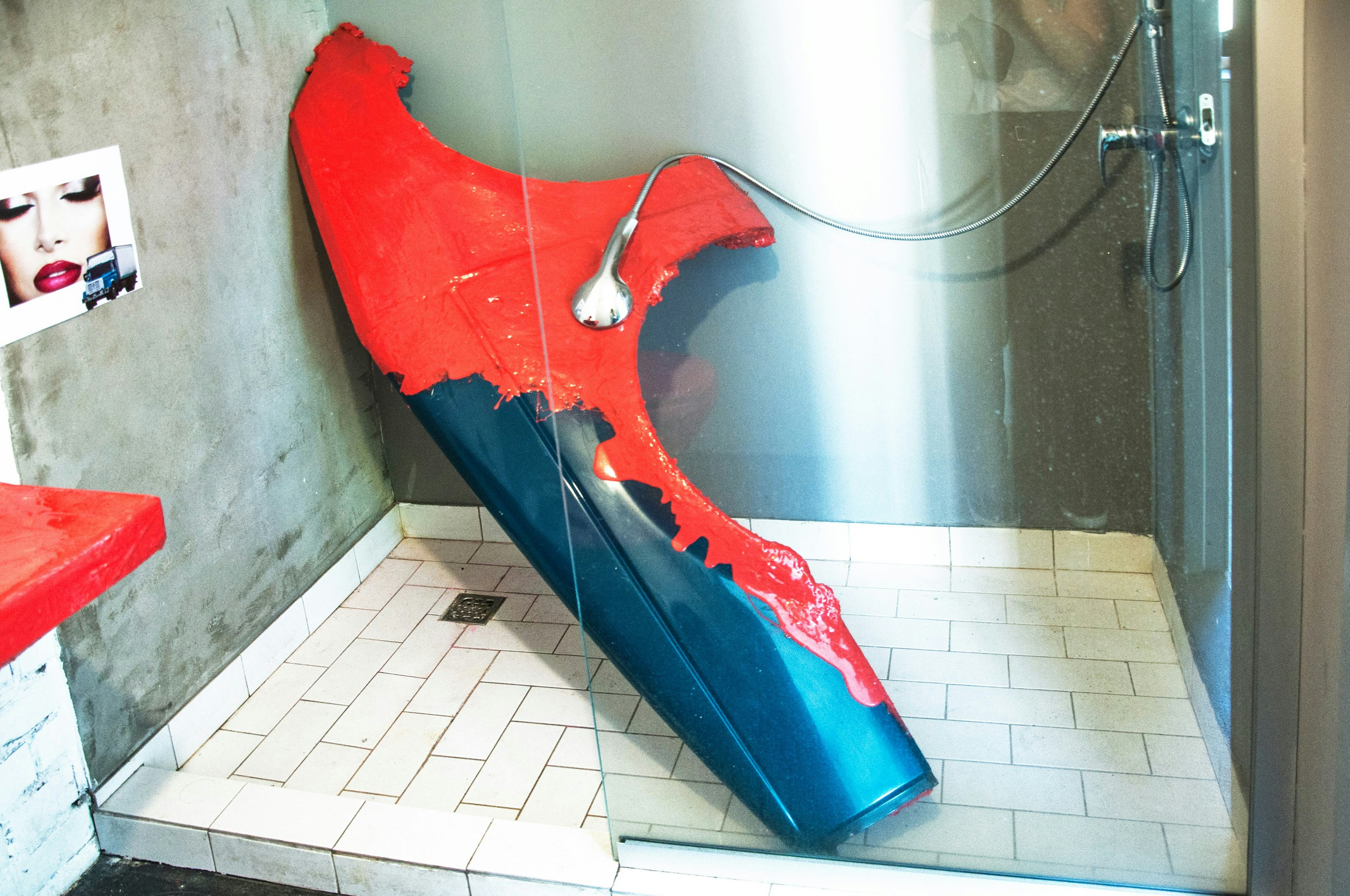
Q. Why do humans have conflicted notions about privacy and openness, and a need and desire for individuality?
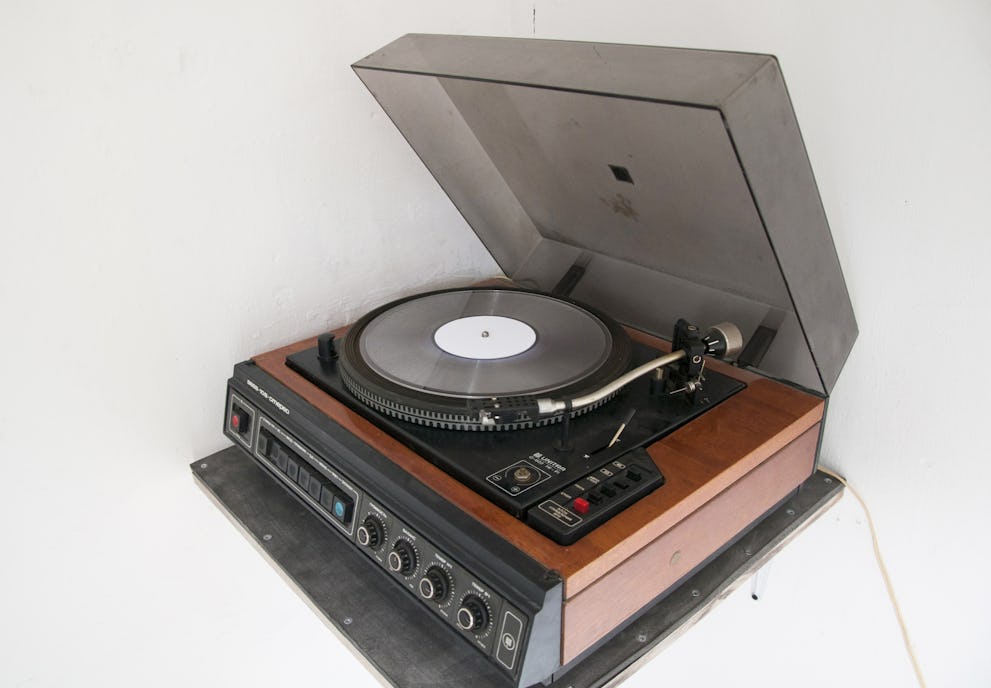
Q. How does the media use hatred and scandal for profit?
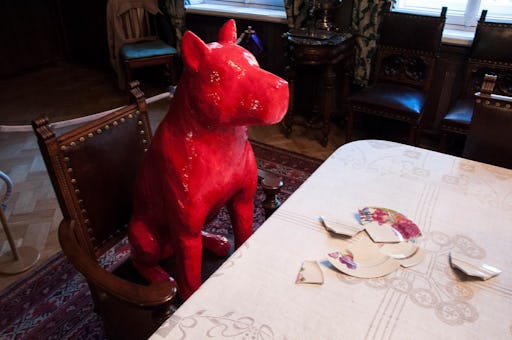
Q. What was the complex relationship between Fyodor Chaliapin’s and his daughter, Dasia?
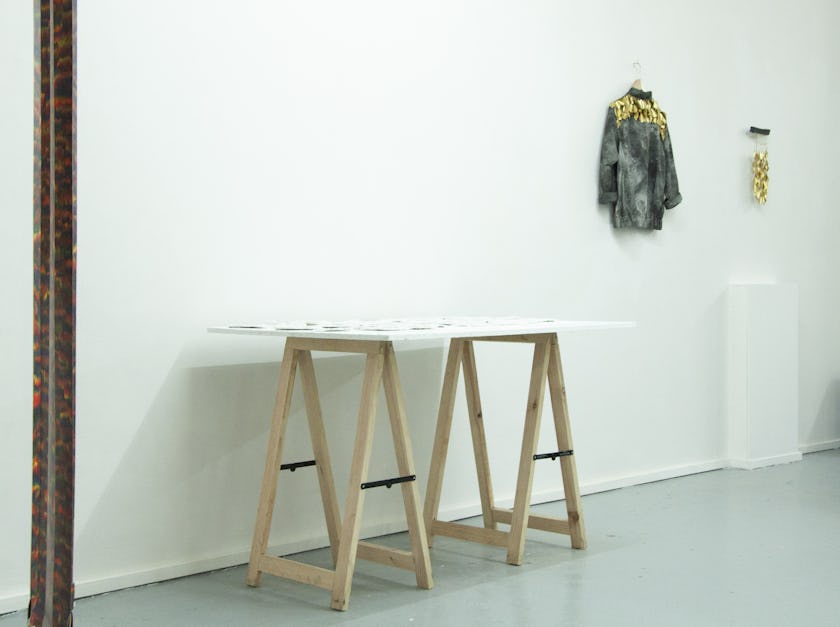
Q. How does fantasy create images of desire?
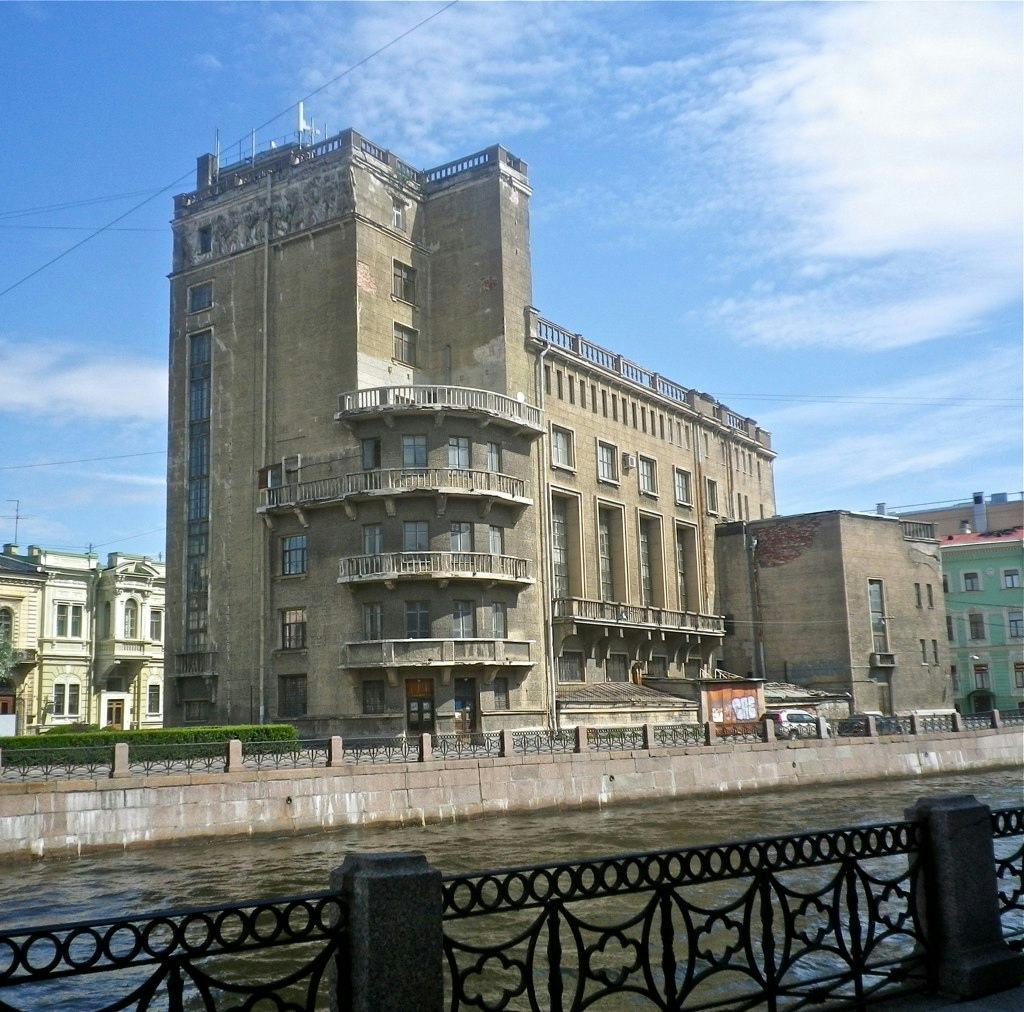
Q. How does something out of the ordinary become habitual?
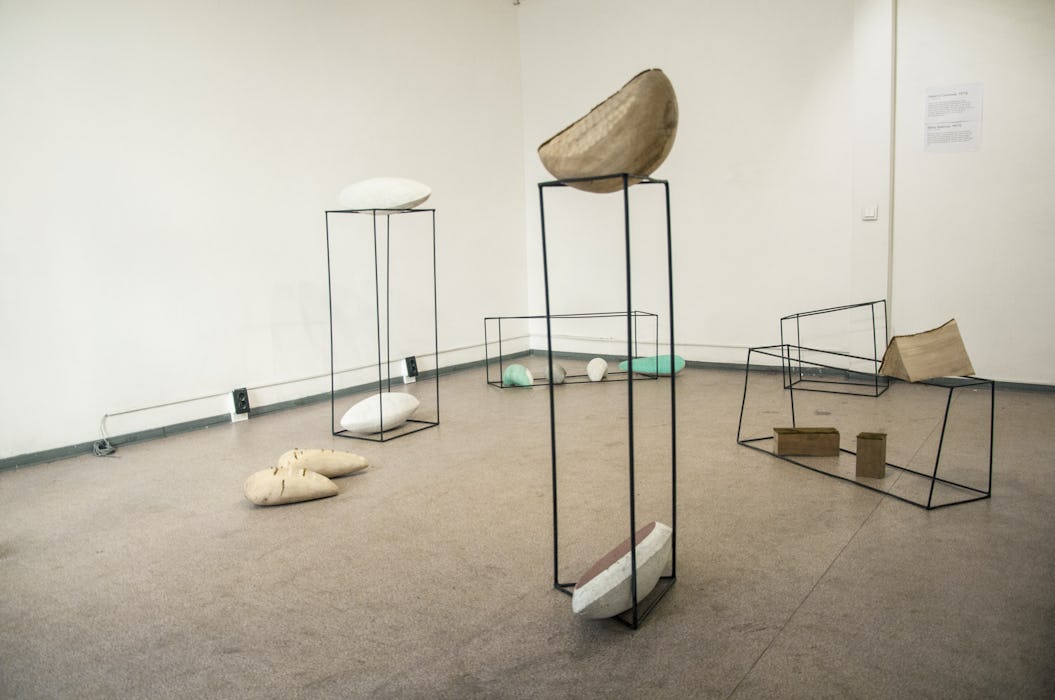
Q. How do we understand the complicated relationships between humans and their pets?
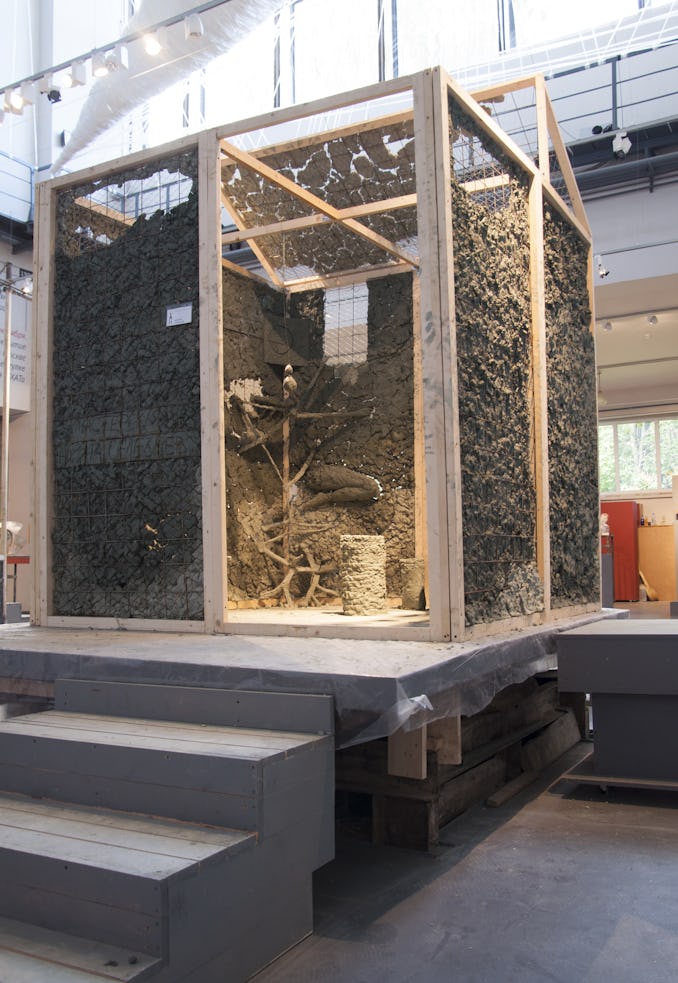
Q. What visual codes can be deployed create an artist's identity?